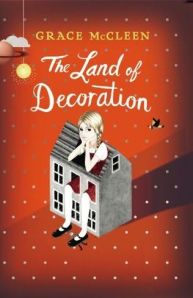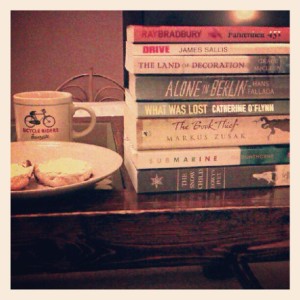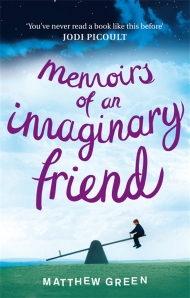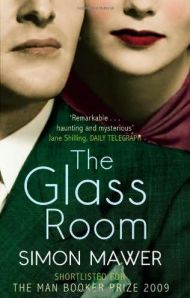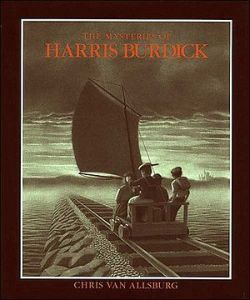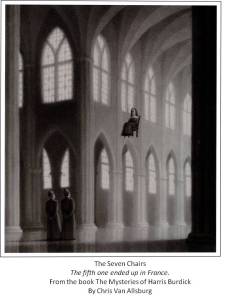“Miracles don’t have to be big, and they can happen in the unlikeliest places”
Judith McPherson is ten years old. Her Mother has died and she lives with her Christian fundamentalist father in a town beside a mountain. Judith’s life is not a happy one: her father is distant, she doesn’t have any friends and she is bullied at school. As a result, she creates a rich fantasy world in her bedroom and waits for Judgement Day when she will be reunited with her mother. The Land of Decoration (named after a paradise land promised to the Israelites by God in the book of Ezekiel called “the decoration of all the lands”) is made out of second-hand and unwanted items. McCleen writes beautifully and this is illustrated by the descriptions of The Land of Decoration. For example:
“Circles of paper from a hole punch become saucers for tea parties when you press the end of a pen into them. Glue that has hardened into bubbles becomes a bowl of soapsuds for a pair of aching feet. An acorn cup becomes a bowl, toothpaste caps funnels for ocean liners, twigs knees for an ostrich, an eyelet a small pair of scissors.”
One Friday, a boy in Judith’s class named Neil Lewis says he is going to flush her head down the toilet on Monday. Terrified, Judith spends the weekend panicking. After hearing a preacher at her church on Sunday, Judith decides she will try and make a miracle happen. She covers The Land of Decoration in snow (shaving foam, polystyrene and sugar). Even though it is only October, she hopes that a miracle will happen and that it will snow in the real world too, meaning that she will not have to go to school.
When Judith wakes up on Monday and looks out of the window, she is amazed to see that there is a thick layer of snow. Her father cannot go to work in the factory and Judith cannot go to school. Judith realises that it has snowed because she made it snow in The Land of Decoration: she made a miracle happen. To be sure that it is not just a coincidence, Judith needs more evidence. If she can make one miracle happen, maybe she can make more. This is when the troubles really begin.
Judith’s father is a deeply flawed, troubled character, but he never crosses the line into a religious fundamentalist caricature. I felt that his behaviour all came from clear roots/events and made psychological sense; this meant that it was not difficult to feel sympathy for him whilst also feeling frustrated with his behaviour towards his daughter. There is no sneering at faith, but its problems are not ignored either. I like this approach and perhaps it is down to McCleen’s upbringing (she was brought up in a fundamentalist religious community herself).
The metaphor of a snowball is used to describe Judith’s journey: something starting small and getting bigger, and the bigger it gets the less control one has over it. This is very effective and not overdone. However, the real strength of McCleen’s novel is the descriptive writing regarding Judith’s imagined world and her thoughts and questions about the nature of existence itself. One of my favourite chapters is entitled “Dust and Stars”:
“I tell myself that small things are big and big things are small, that veins run like rivers and hairs grow like grass and a hummock of moss to a beetle looks like a forest, and the shapes of the countries and clouds of the earth look like the colours in marbles from space.
[…]
And then I know that I am enormous and that I am tiny, I go on forever and am gone in a moment, I am as young as a baby mouse and as old as the Himalayas, I am still and I am spinning. And if I am dust, then I am also the dust of the stars.”
The world that McCleen creates is often a bleak one, full of grief, violence and poverty. At times, the novel takes sinister and disturbing turns which make uncomfortable reading. Overall, however, I felt that the novel told a complex, redemptive story about family life in difficult circumstances, existential wonder at the unexplained, whether any real solace can be found in religion, and the relationship between grief and faith, imagination and religion.
